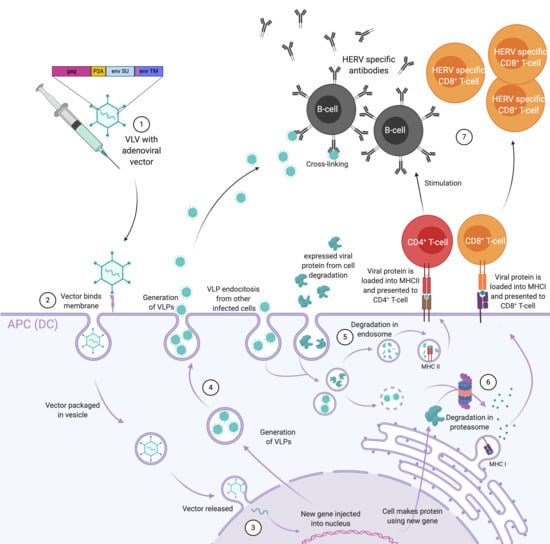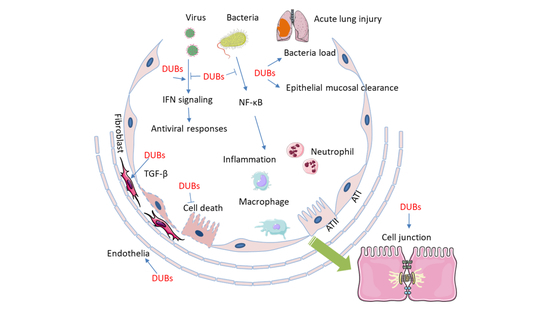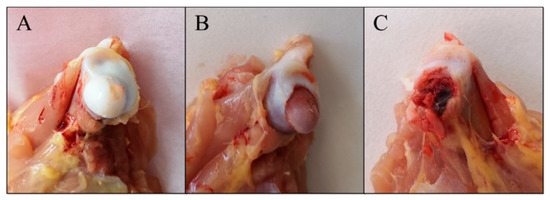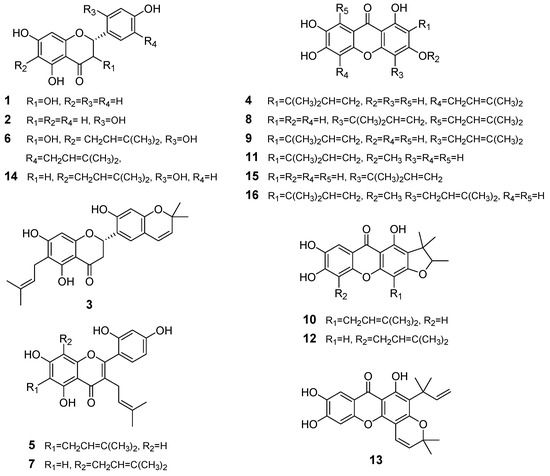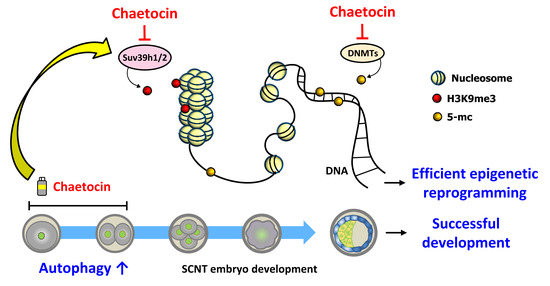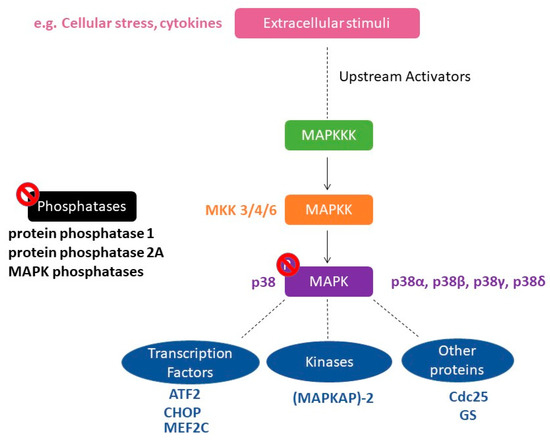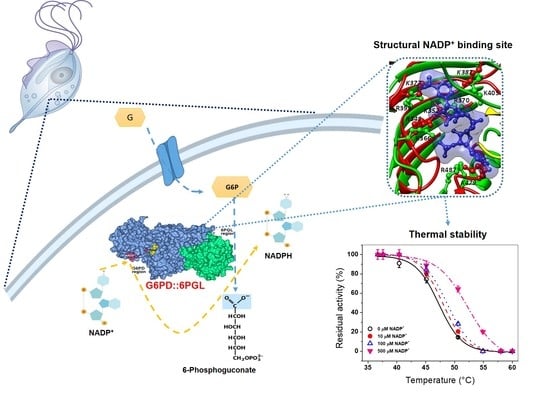Int. J. Mol. Sci. 2020, 21(14), 4844; https://doi.org/10.3390/ijms21144844 - 8 Jul 2020
Cited by 6 | Viewed by 3384
Abstract
Cystic Fibrosis is a lethal monogenic autosomal recessive disease linked to mutations in Cystic Fibrosis Transmembrane Conductance Regulator (CFTR) protein. The most frequent mutation is the deletion of phenylalanine at position 508 of the protein. This F508del-CFTR mutation leads to misfolded protein that
[...] Read more.
Cystic Fibrosis is a lethal monogenic autosomal recessive disease linked to mutations in Cystic Fibrosis Transmembrane Conductance Regulator (CFTR) protein. The most frequent mutation is the deletion of phenylalanine at position 508 of the protein. This F508del-CFTR mutation leads to misfolded protein that is detected by the quality control machinery within the endoplasmic reticulum and targeted for destruction by the proteasome. Modulating quality control proteins as molecular chaperones is a promising strategy for attenuating the degradation and stabilizing the mutant CFTR at the plasma membrane. Among the molecular chaperones, the small heat shock protein HspB1 and HspB4 were shown to promote degradation of F508del-CFTR. Here, we investigated the impact of HspB5 expression and phosphorylation on transport to the plasma membrane, function and stability of F508del-CFTR. We show that a phosphomimetic form of HspB5 increases the transport to the plasma membrane, function and stability of F508del-CFTR. These activities are further enhanced in presence of therapeutic drugs currently used for the treatment of cystic fibrosis (VX-770/Ivacaftor, VX-770+VX-809/Orkambi). Overall, this study highlights the beneficial effects of a phosphorylated form of HspB5 on F508del-CFTR rescue and its therapeutic potential in cystic fibrosis.
Full article
(This article belongs to the Special Issue Therapeutic Approaches for Cystic Fibrosis)
►
Show Figures

